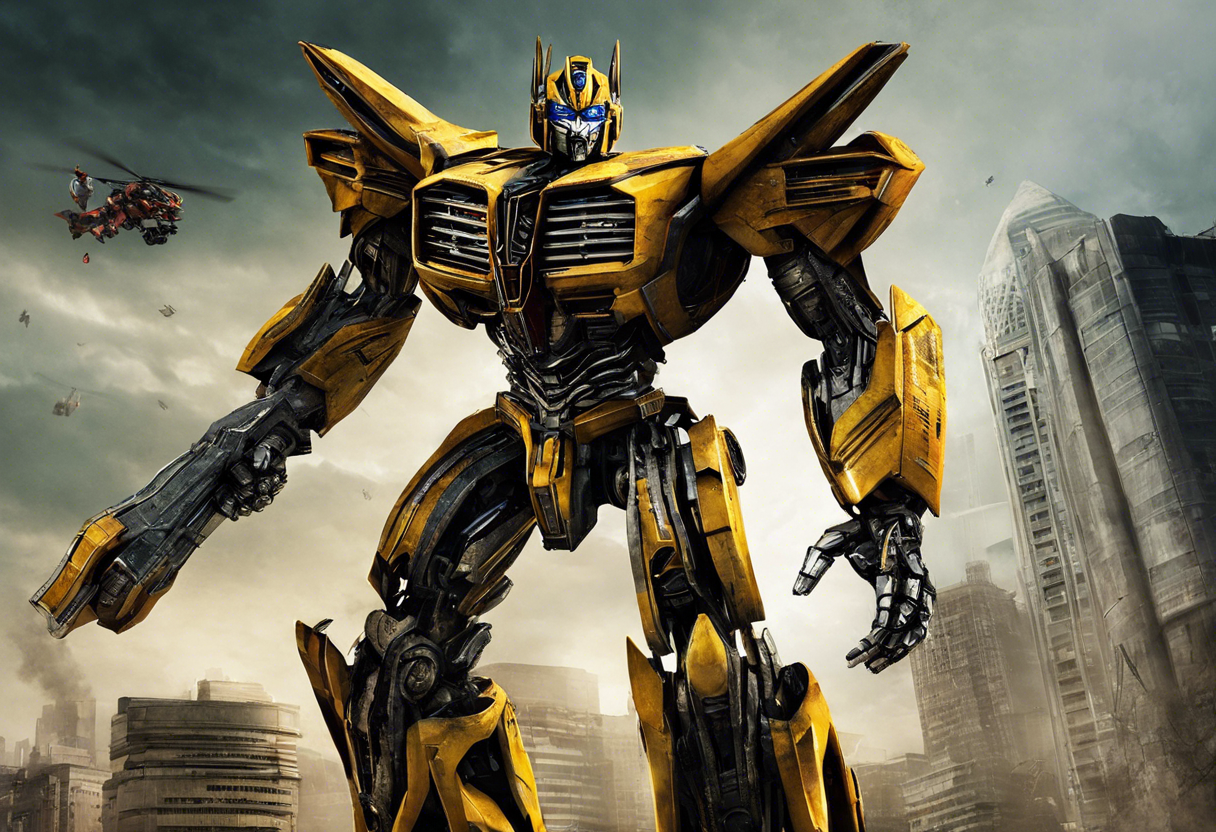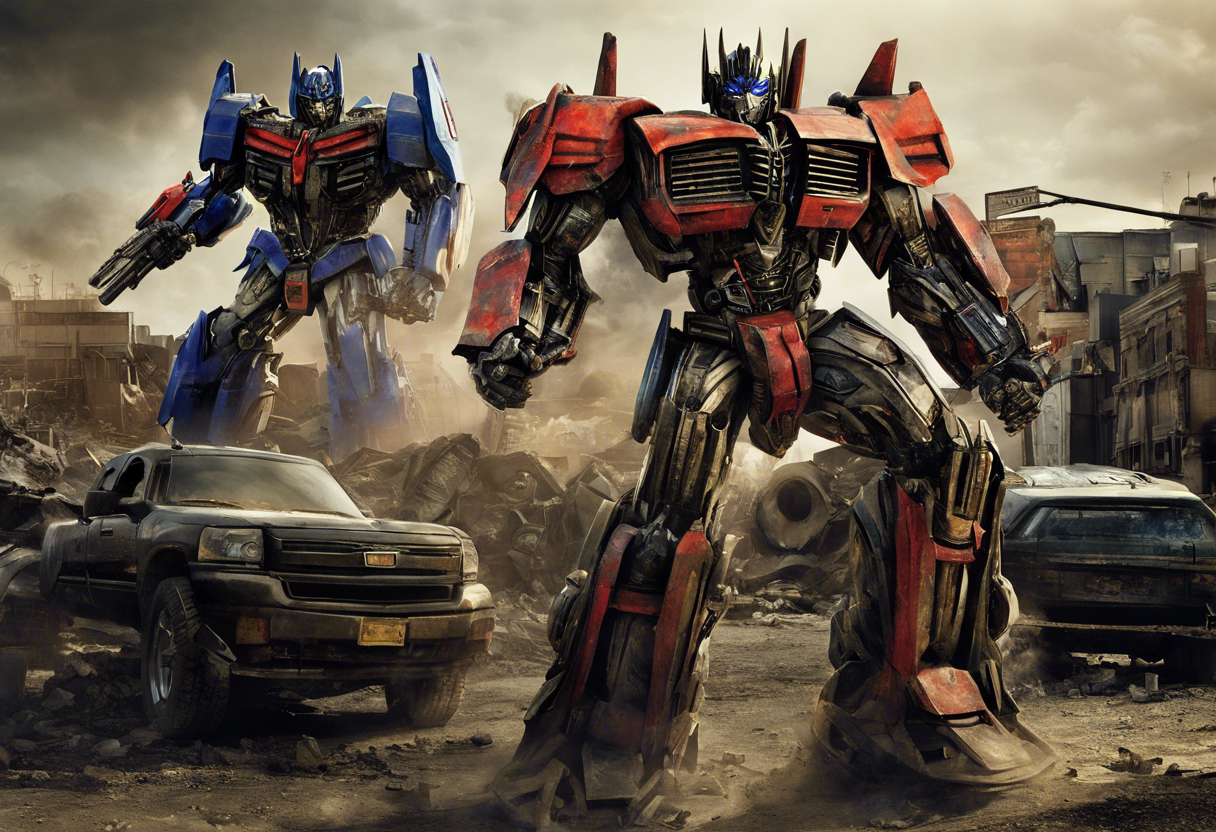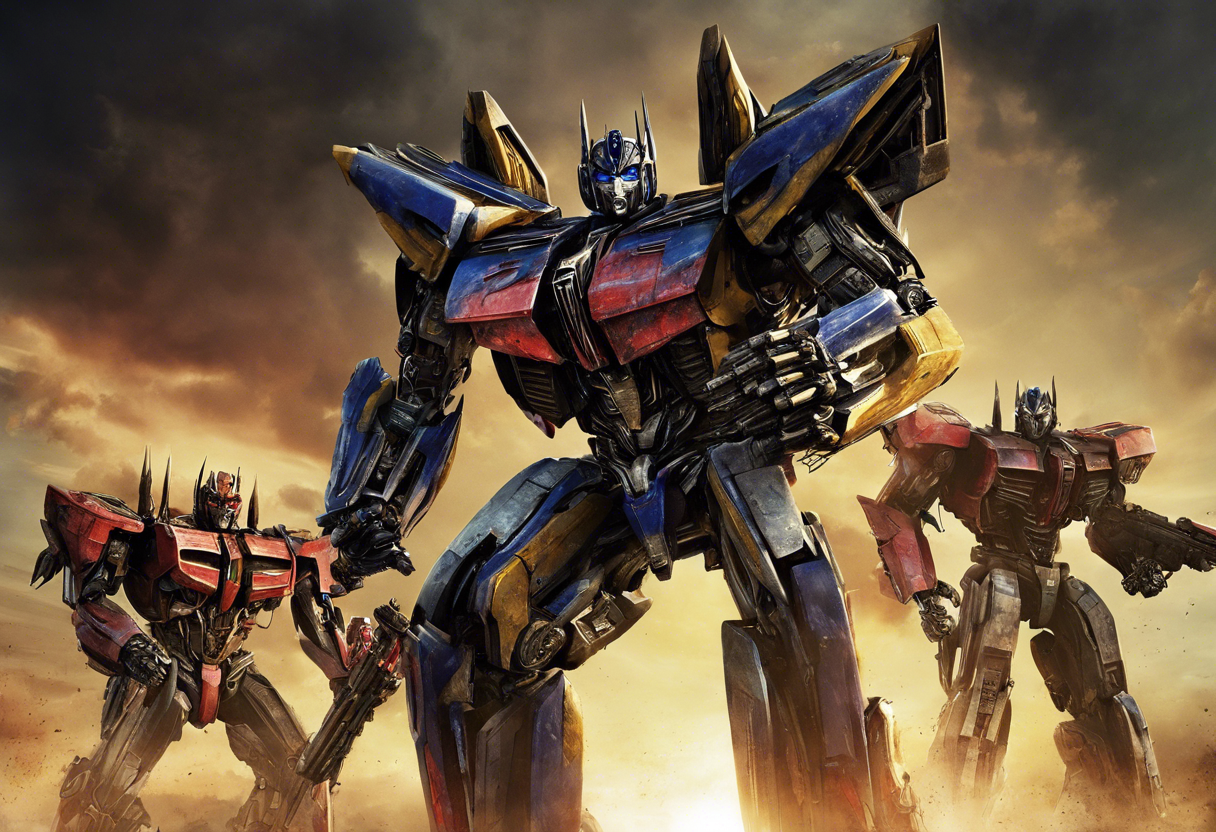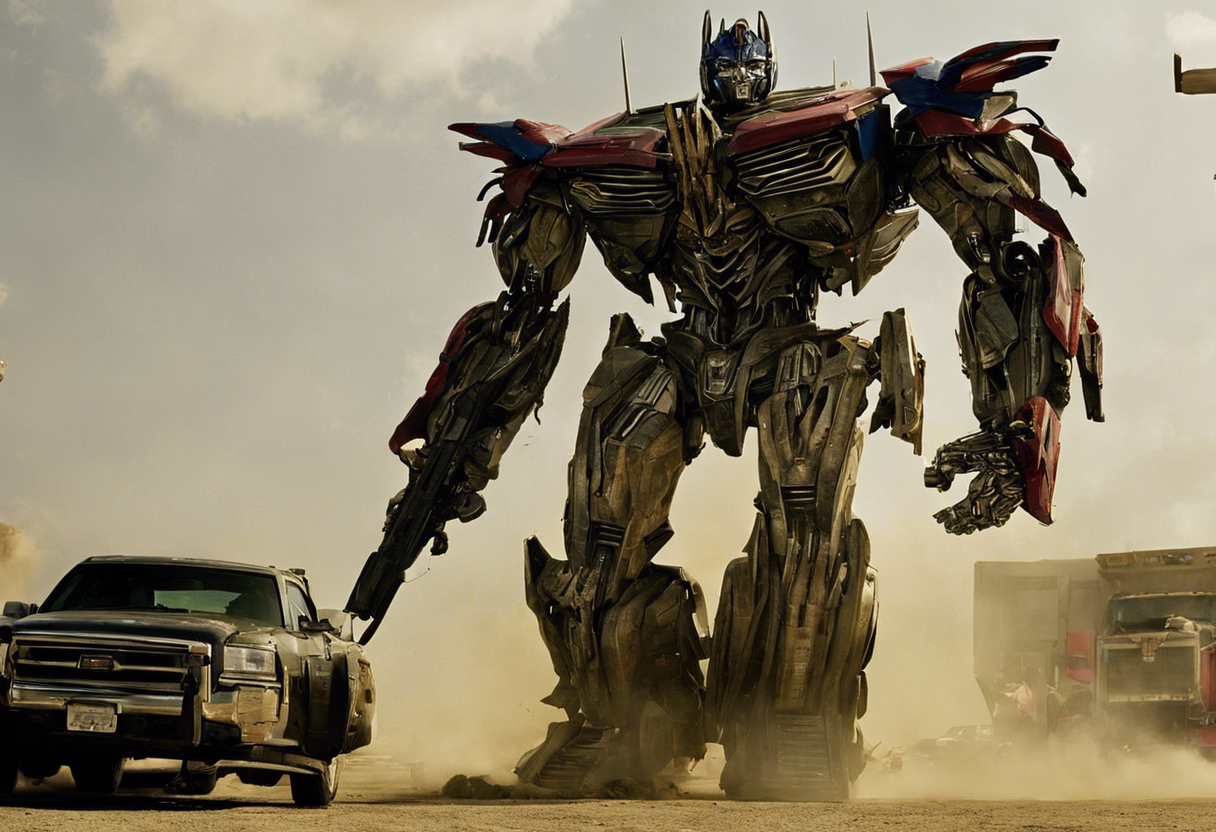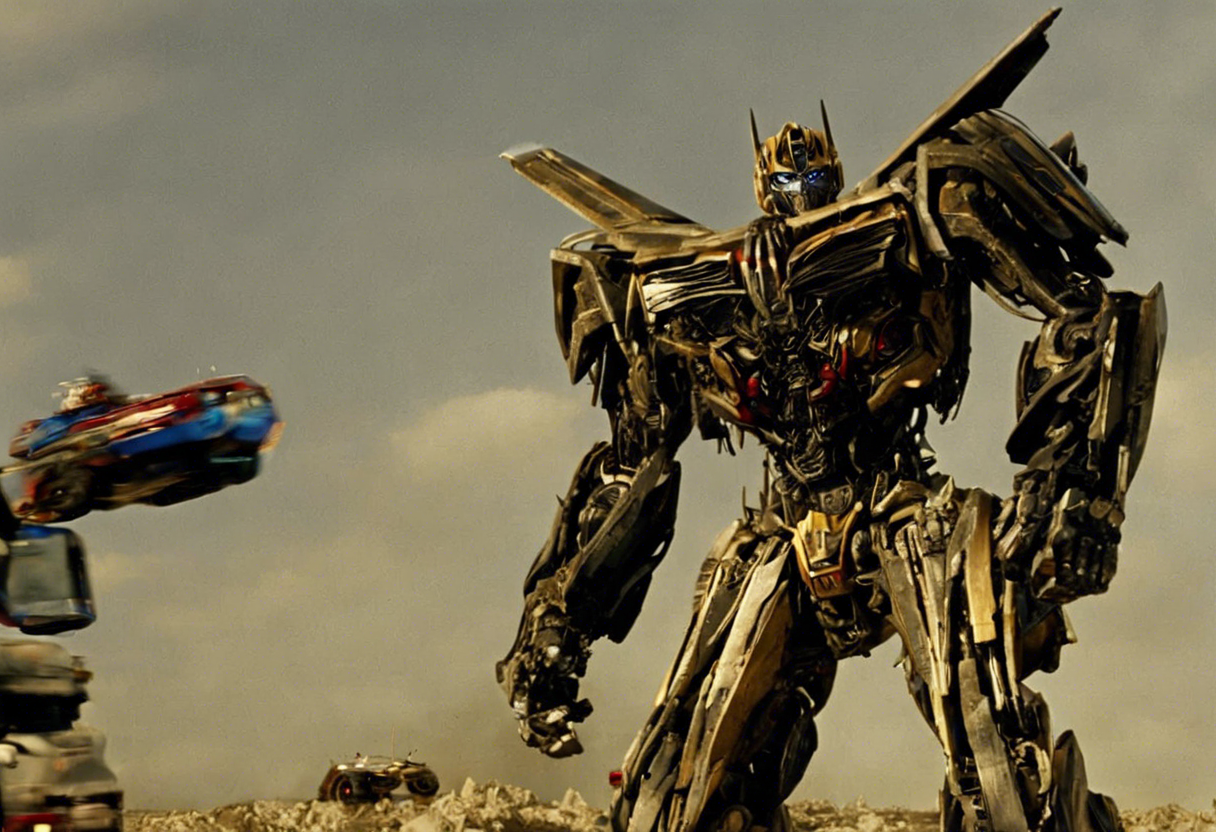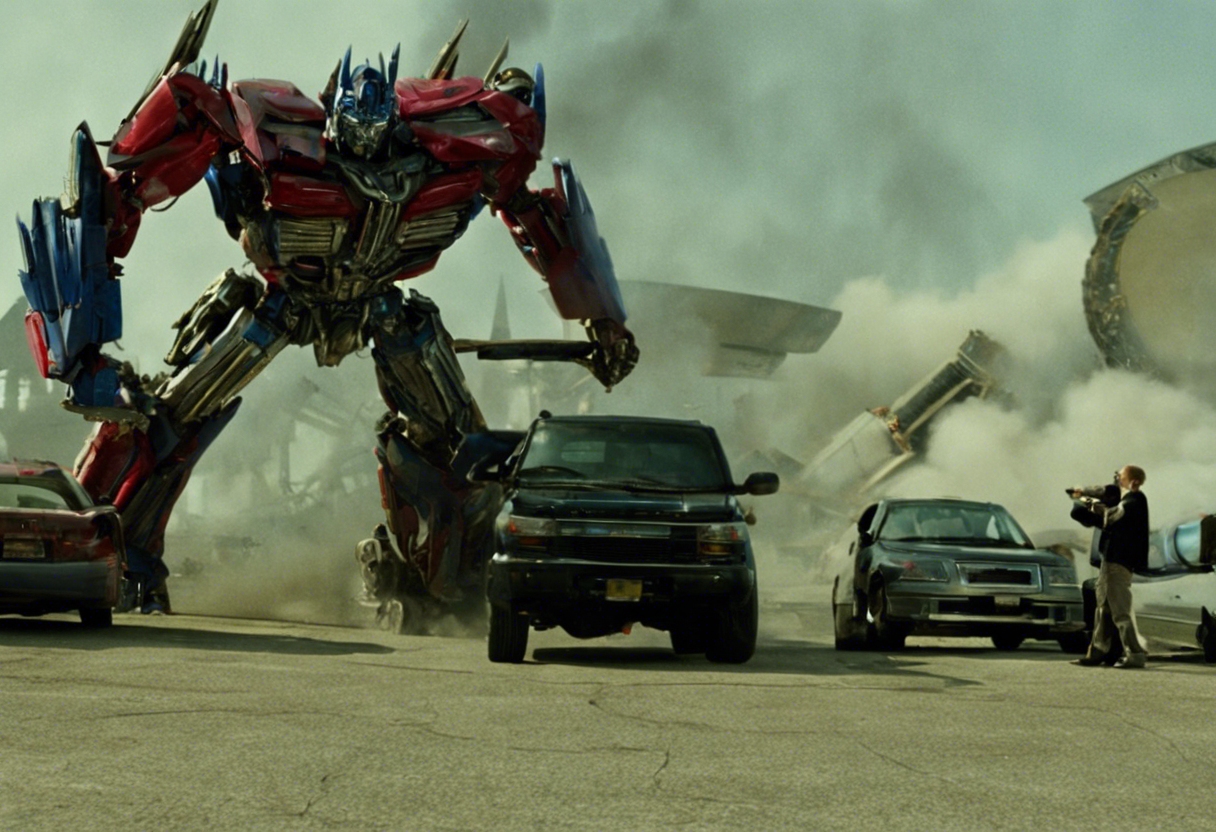Contents
Introduction
Transformers: Revenge of the Fallen is the second installment in the live-action Transformers film series, directed by Michael Bay and written by Ehren Kruger, Roberto Orci, and Alex Kurtzman. The film is based on Hasbro’s Transformers toy line and serves as a sequel to the 2007 film Transformers. Released in 2009, Revenge of the Fallen was produced by DreamWorks Pictures and Paramount Pictures, with a budget estimated between $200–210 million.
The film features a star-studded cast, including Shia LaBeouf as Sam Witwicky, Megan Fox as Mikaela Banes, and Josh Duhamel as Captain William Lennox. The voice cast includes Peter Cullen as Optimus Prime, Hugo Weaving as Megatron, and Tony Todd as the Fallen. The movie’s cinematography was handled by Ben Seresin, and the score was composed by Steve Jablonsky.
Revenge of the Fallen stands out within its genre for its ambitious scale, intricate action sequences, and the integration of complex mythology from the Transformers universe. The film’s release was highly anticipated, given the success of its predecessor, and it went on to gross over $836.5 million worldwide, despite receiving mixed reviews from critics.
Plot Summary
The story of Transformers: Revenge of the Fallen takes place two years after the events of the first film. The narrative begins in 17,000 B.C., where the Seven Primes, the highest ruling Cybertronians, collect Energon using star harvesters. One of the Primes, who would later be known as the Fallen, violates a sacred rule by ordering the construction of a star harvester on Earth, a planet that sustains life. This act leads to his downfall and imprisonment by the other Primes, who sacrifice themselves to hide the Matrix of Leadership, a powerful artifact necessary to activate the star harvester[1][5].
In the present day, Sam Witwicky is preparing to attend college, but his life is disrupted when he begins seeing strange Cybertronian symbols in his mind. These symbols are part of an ancient language that holds the key to finding the Matrix of Leadership. The Decepticons, led by Megatron and his master, the Fallen, are determined to capture Sam and use the symbols to locate and activate the star harvester hidden in a pyramid in Egypt.
The Autobots, allied with the human task force NEST (Non-biological Extraterrestrial Species Treaty), work to protect Sam and prevent the Decepticons from achieving their goal. The film features several intense battles, including a showdown in Shanghai and a climactic fight near the Giza pyramid complex. During these battles, the Constructicons combine to form Devastator, and the Autobots receive crucial help from Jetfire, a former Decepticon who defects to the Autobot side[1][5].
The plot thickens as Sam, Mikaela, and their friends navigate through various challenges, including encounters with Decepticon Pretenders and other foes. The climax of the film involves Optimus Prime being resurrected with the help of the Matrix and Jetfire’s sacrifice, leading to a final confrontation where Optimus destroys the star harvester and kills the Fallen. Megatron, severely wounded, retreats with Starscream, vowing to return[1][5].
Themes and Symbolism
Transformers: Revenge of the Fallen delves into several themes and symbolic elements that enrich its narrative. One of the central themes is the struggle between good and evil, exemplified by the Autobots and Decepticons. The Autobots represent preservation and protection, while the Decepticons embody destruction and chaos.
The character of the Fallen symbolizes the ultimate evil, a being who defies the sacred rules of his own kind to pursue power and destruction. His story serves as a cautionary tale about the consequences of violating moral codes and the importance of leadership and responsibility[1][5].
The film also explores themes of sacrifice and redemption. Jetfire’s sacrifice to help Optimus Prime gain the power to defeat the Fallen is a poignant example of this. Additionally, Sam’s journey from an ordinary college student to a hero who plays a crucial role in saving the world highlights the theme of personal growth and courage in the face of adversity.
Symbolically, the Transformers themselves can be seen as representations of the unknown and the potential for both good and evil. They embody the idea of change and transformation, reflecting human fears and aspirations. The film’s use of ancient mythology and the concept of the Primes adds a layer of depth to the Transformers universe, connecting it to broader themes of power, morality, and the balance between creation and destruction[3].
Cultural Impact
Transformers: Revenge of the Fallen had a significant cultural impact upon its release. The film’s success at the box office was substantial, making it one of the highest-grossing films of 2009. It contributed to the resurgence of interest in the Transformers franchise, which has since expanded to include numerous films, television series, and other media.
The film’s influence can be seen in various aspects of popular culture. It has been referenced and parodied in other films, TV shows, and advertisements. The movie’s action sequences and visual effects set a new standard for blockbuster films, influencing the direction of future action movies.
However, the film also faced criticism for its portrayal of certain characters and its handling of cultural sensitivities. The depiction of the character Jetfire, for example, was criticized for its stereotypical portrayal of an elderly person. These controversies highlight the complexities of cultural representation in mainstream media[1][5].
Critical Reception
Transformers: Revenge of the Fallen received mixed reviews from critics. While it was praised for its visual effects, action sequences, and the performances of the cast, it was criticized for its storyline, character development, and pacing. Many critics felt that the film relied too heavily on spectacle rather than substance, leading to a disjointed and overly long narrative[1][5].
Despite the critical reception, the film was a commercial success, appealing to fans of the franchise and action movie enthusiasts. Over the years, opinions on the film have varied, with some viewers appreciating its entertainment value and others criticizing its flaws.
The film’s reception also sparked debates about the role of blockbuster films in contemporary cinema. Some argued that Revenge of the Fallen represented a decline in storytelling quality in favor of visual spectacle, while others saw it as a necessary evolution in the genre[1][5].
Legacy
Transformers: Revenge of the Fallen continues to hold a significant place in the Transformers franchise and in the broader context of science fiction and action films. It has inspired numerous adaptations and spin-offs, including animated series and video games.
The film’s influence on visual effects and action filmmaking is evident in many subsequent blockbusters. The use of CGI and the integration of complex action sequences have become staples of modern action films, and Revenge of the Fallen was a pioneering effort in this regard.
For fans of the Transformers franchise, Revenge of the Fallen remains a pivotal installment, expanding the mythology and introducing new characters that have become integral to the series. The film’s themes of sacrifice, redemption, and the struggle between good and evil continue to resonate with audiences, making it a lasting part of the franchise’s legacy[1][5].

